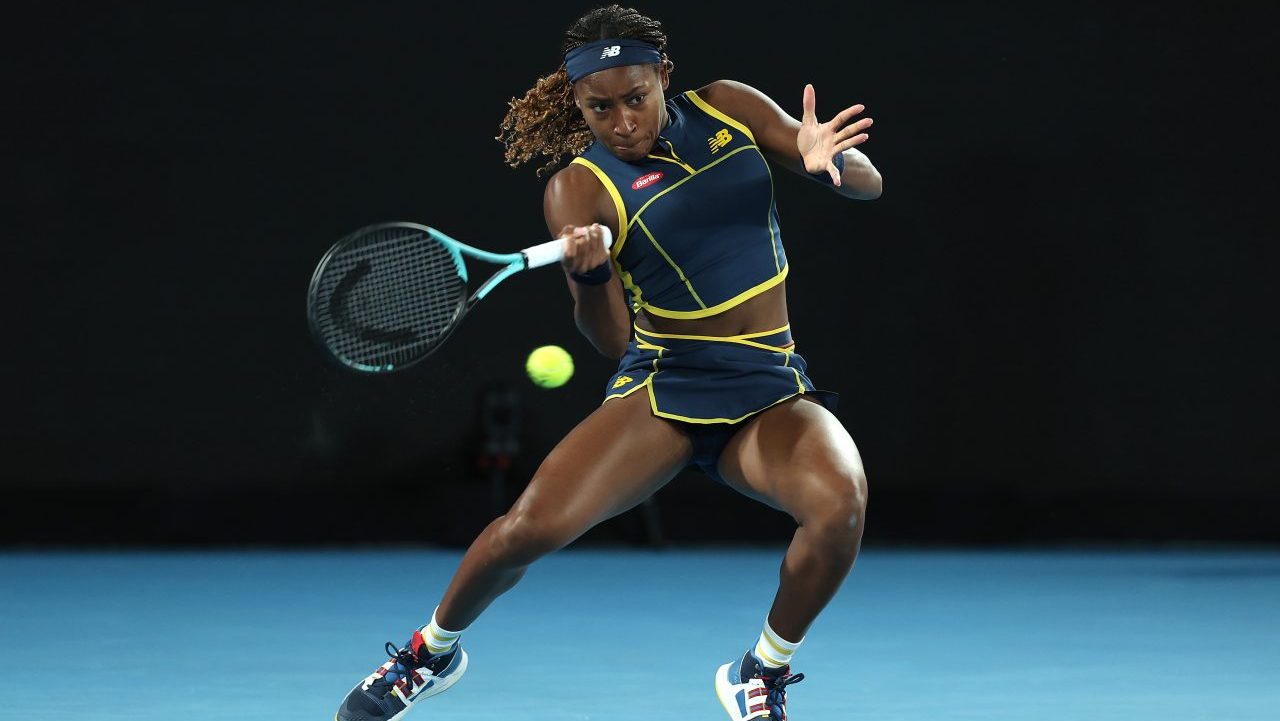
Sportico’s annual feature on the world’s highest-paid athletes published Wednesday and featured zero women in the top 100. None. Nada. Zilch. An expanded look at the 200 top earners would have produced the same result.
Coco Gauff, 19, was the highest-paid female athlete in 2023 with $22.7 million, but that fell nearly $10 million short of the $32.5 million cutoff to make the top 100. Cristiano Ronaldo ranked first at $275 million.
Disappointed, surprised and terrible were a few of the fit-for-print reactions.
This is Sportico’s third look at the top earners in sports, but the first time that it is 100% male. I previously tracked the earnings of athletes for 20-plus years at Forbes and started a list of the 50 highest-paid athletes in 2010 that expanded to 100 names two years later. Since 2010, there has only been one other year (2018) where no women made the cut.
Some context is needed. Female athletes have never been well represented at the top of the financial food chain in sports. Since 2010, there have never been more than three women among the top earners and typically only one or two. The names always came from tennis, and it is a short list: Maria Sharapova, Serena Williams, Li Na and Naomi Osaka. Sharapova and Li hung up their rackets long ago, while Williams joined them in retirement in 2022. Osaka, whose earnings peaked at $55 million, sat out the 2023 tennis season as she gave birth to her daughter, Shai.
“Tennis is the one major sport where women appear equal to men in terms of money, exposure and sponsorships,” Bob Dorfman, a sports branding consultant at Pinnacle Advertising, said in a phone interview. Tennis players—men and women—also benefit from how international the sport is and the high disposable income of a fan base that consumes financial services, watches, apparel and equipment.
The gender pay gap is obviously not just a sports issue. American women earned 82 cents for every dollar earned by men in 2022, according to the Pew Research Center. It has barely budged from 20 years ago, when it was 80 cents.
The gap is much greater in team sports. The top WNBA salary is $242,000, while Stephen Curry will earn $51.9 million this season. Global female soccer salaries top out at $500,000, but the highest male pay packages can exceed 100 times that.
For teams, it is a function of revenue. The national NBA TV deal is worth $2.6 billion a year on average, versus roughly $30 million for the WNBA’s slice of it. Manchester United’s women’s team generated $9 million in revenue during the 2022-23 season, while the men’s club total was nearly $800 million.
Despite an absence of female athletes making $25 million-plus, the investment in women’s sports is real. NWSL, WNBA and cricket franchise values are all soaring, games are drawing record crowds, and brands, such as Ally Financial and Mastercard, have doubled down on their commitment to women’s sports. “All things are pointing upwards for women’s sports when it comes to spending and sponsorship dollars in basketball, soccer and college sports,” Dorfman said.
The NWSL recently doubled its salary cap, and the LPGA has steadily increased its prize money, but tennis remains the clearest avenue for female athletes to post the biggest earnings—seven of the eight highest-paid female athletes last year were tennis players. Gauff’s star is very much on the rise and would appear to be the next new face among the world’s top earners.
The tricky part for Gauff and other female athletes is the top 100 cutoff keeps rising, fueled by the media contracts driving salaries higher in the NFL, NBA and MLB. A decade ago, it was $16 million. It reached $26 million in 2021 and is now $32.5 million and headed higher.
Add to that the recent Saudi money that has poured into men’s golf, bolstering the earnings of players like Jon Rahm, and the chances for elite female athletes to share the same financial bracket as their male counterparts have gotten slimmer.

